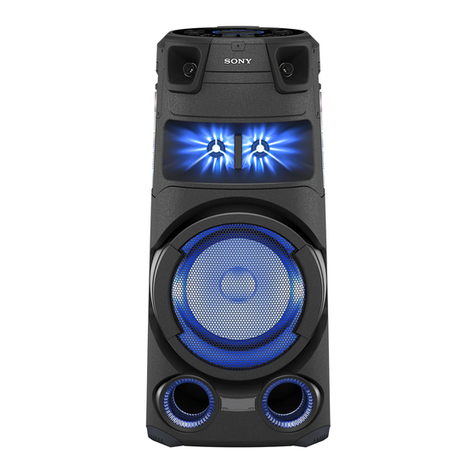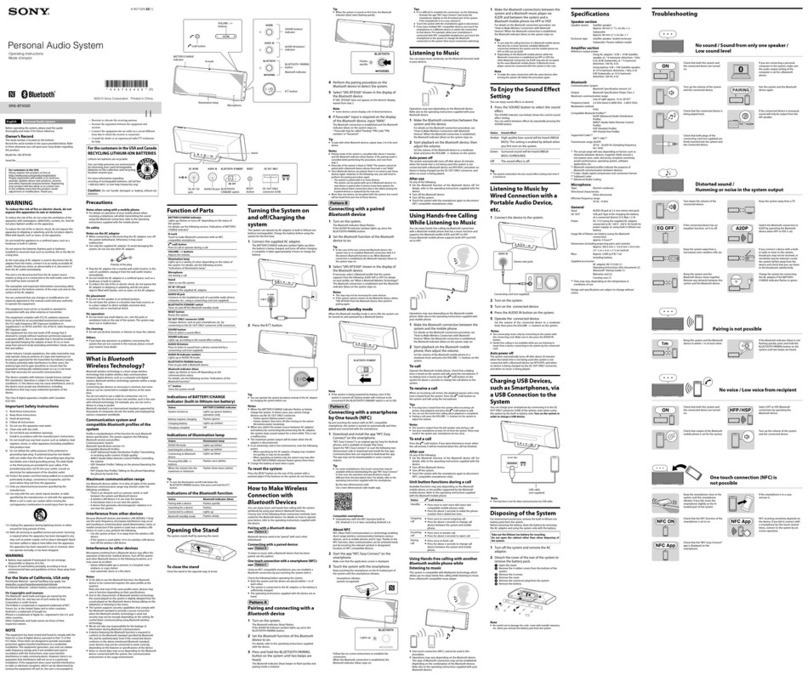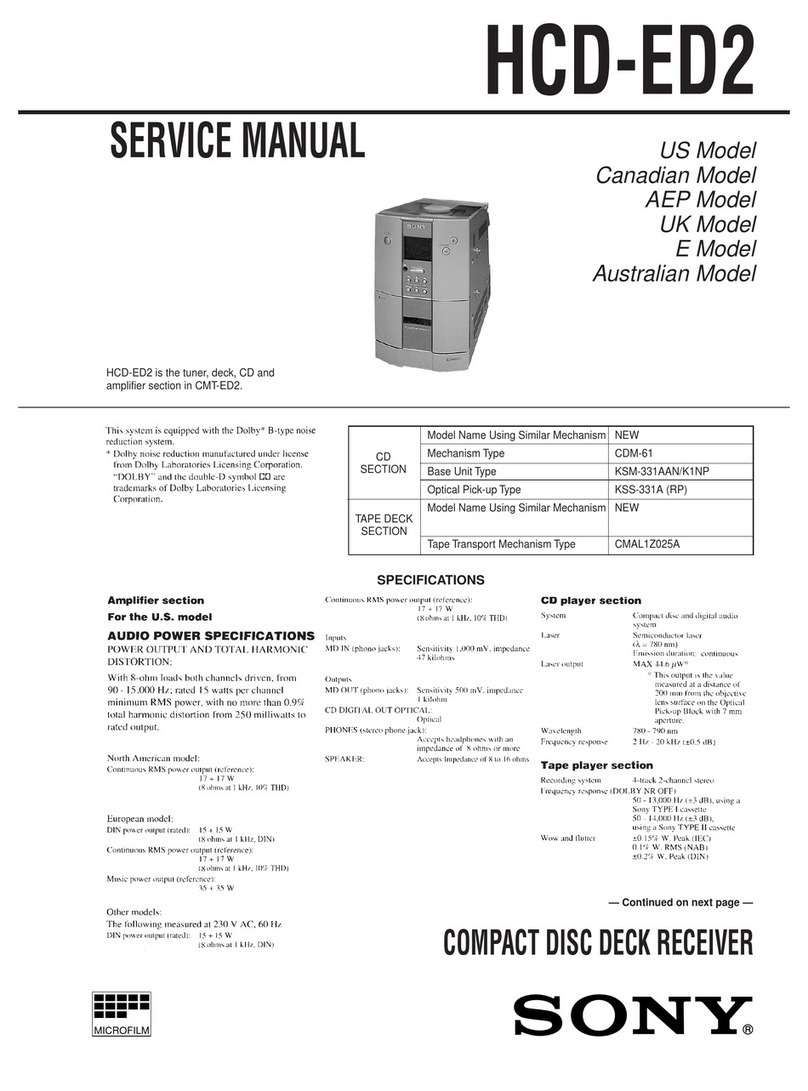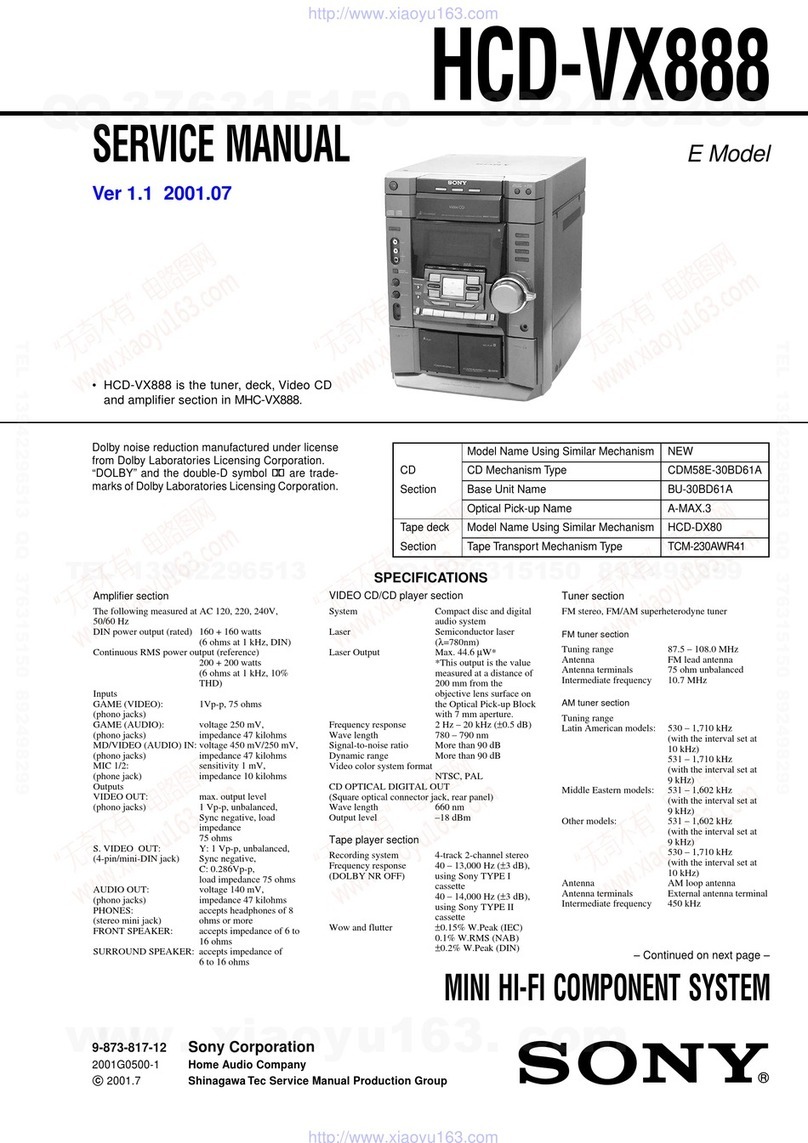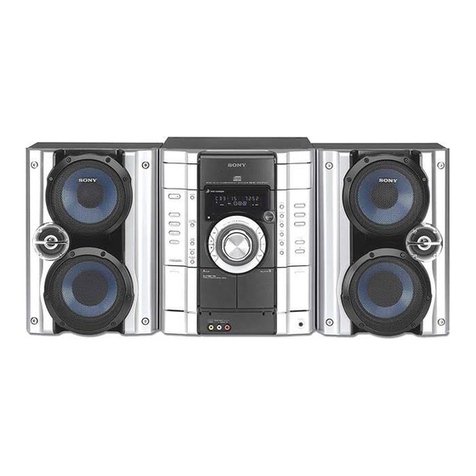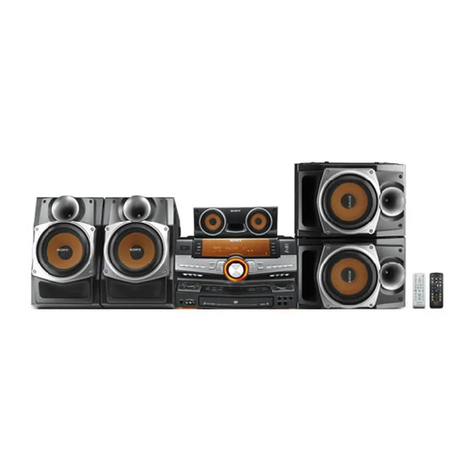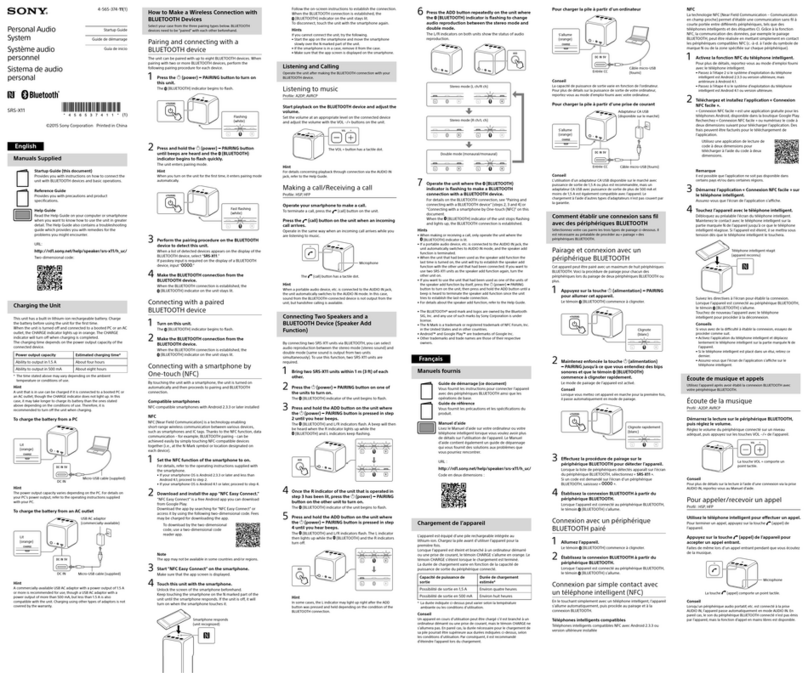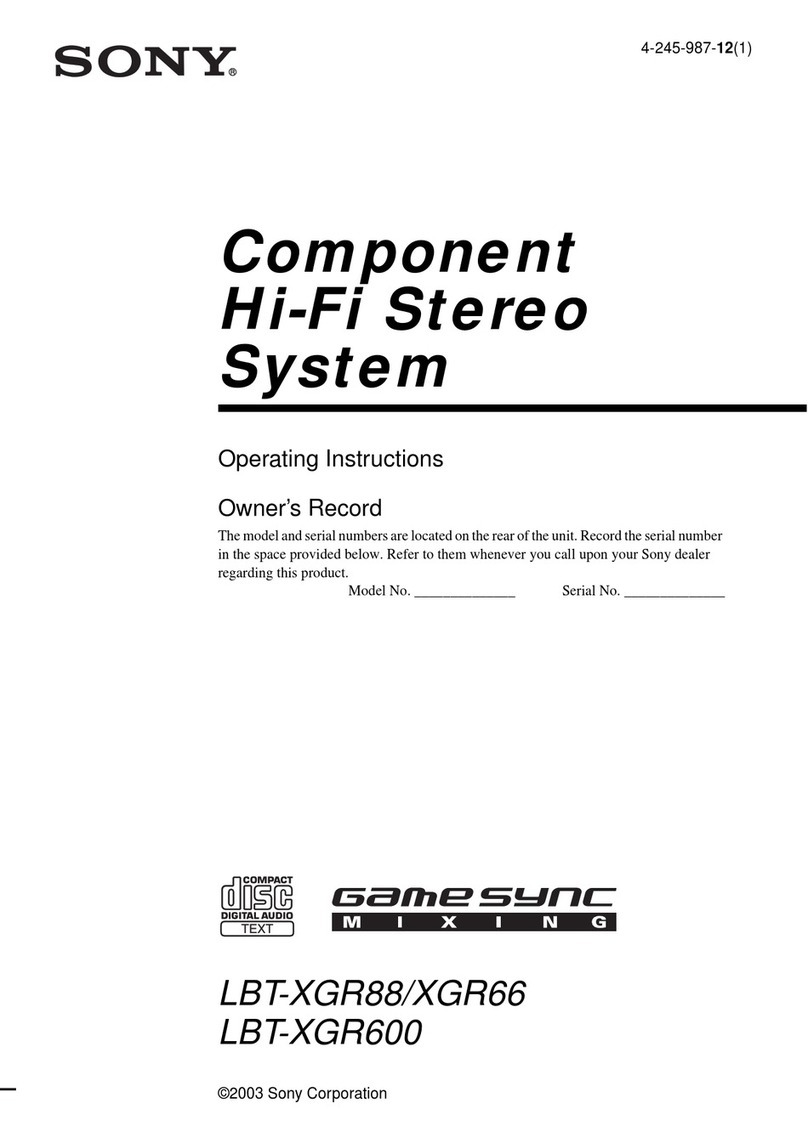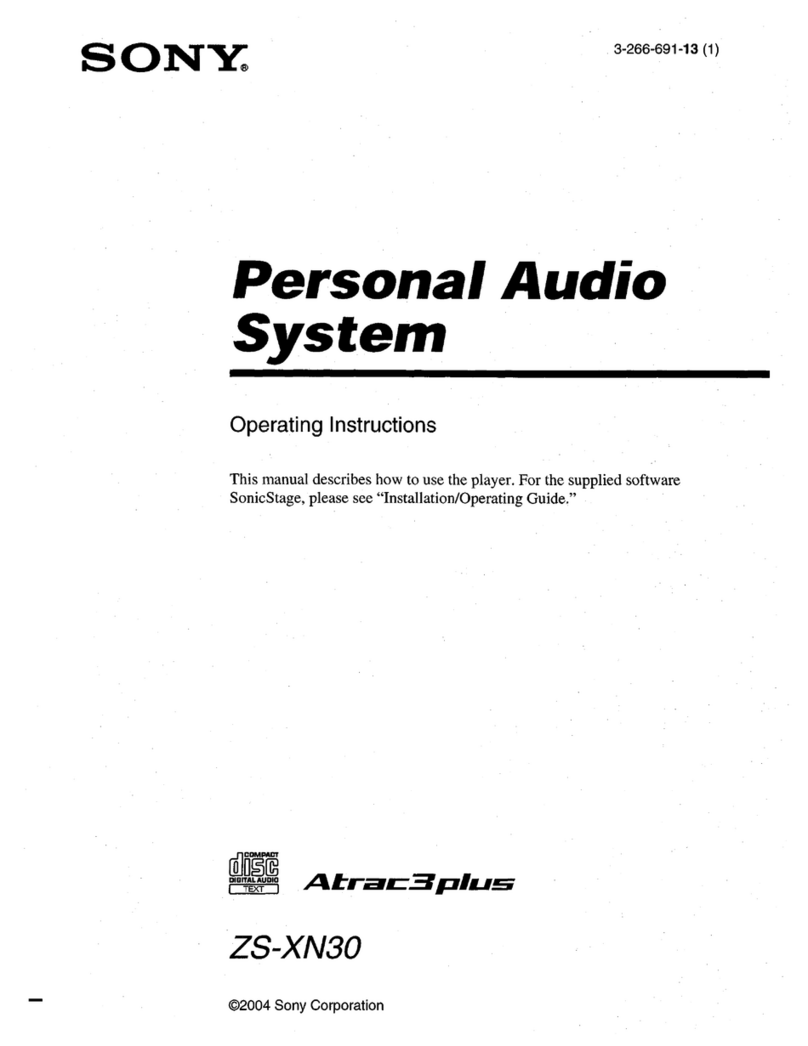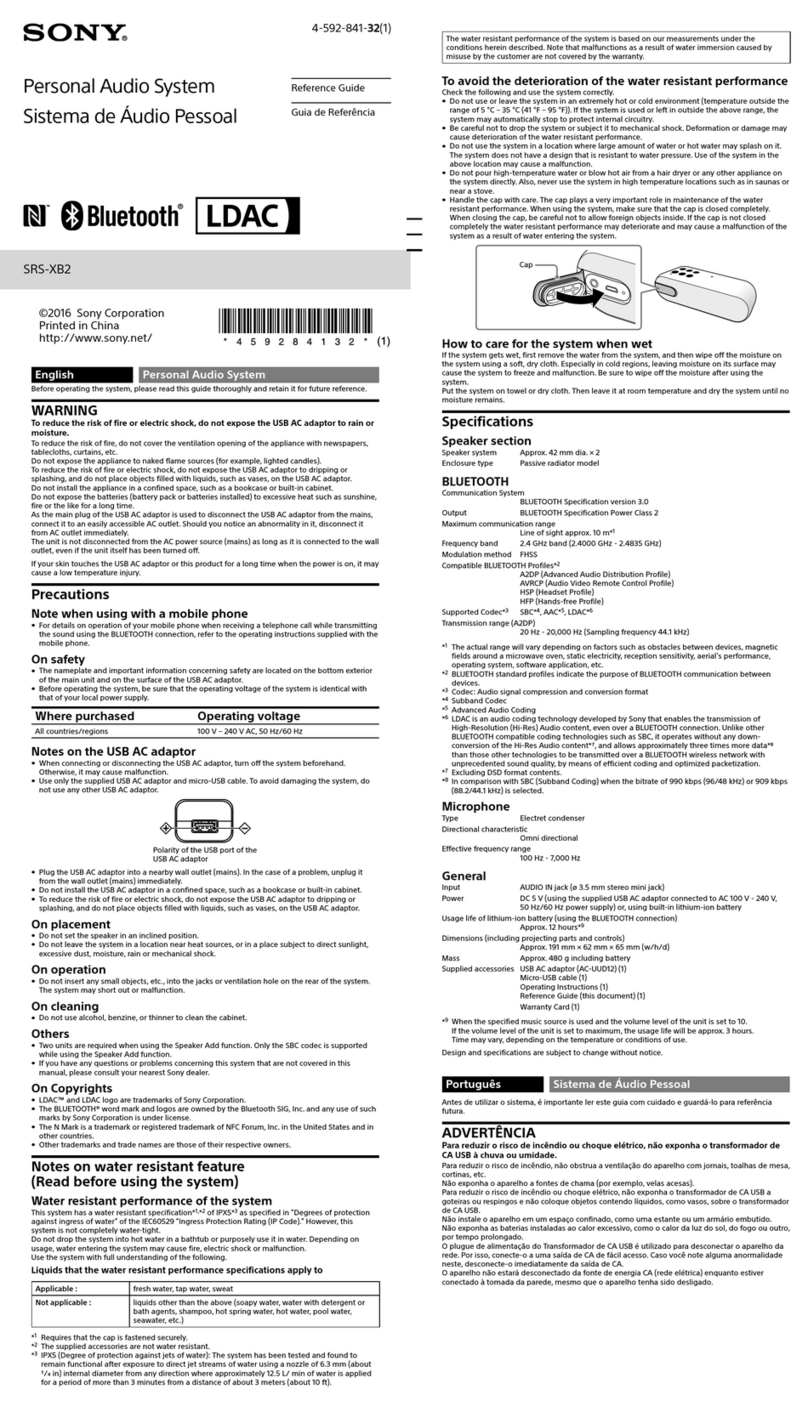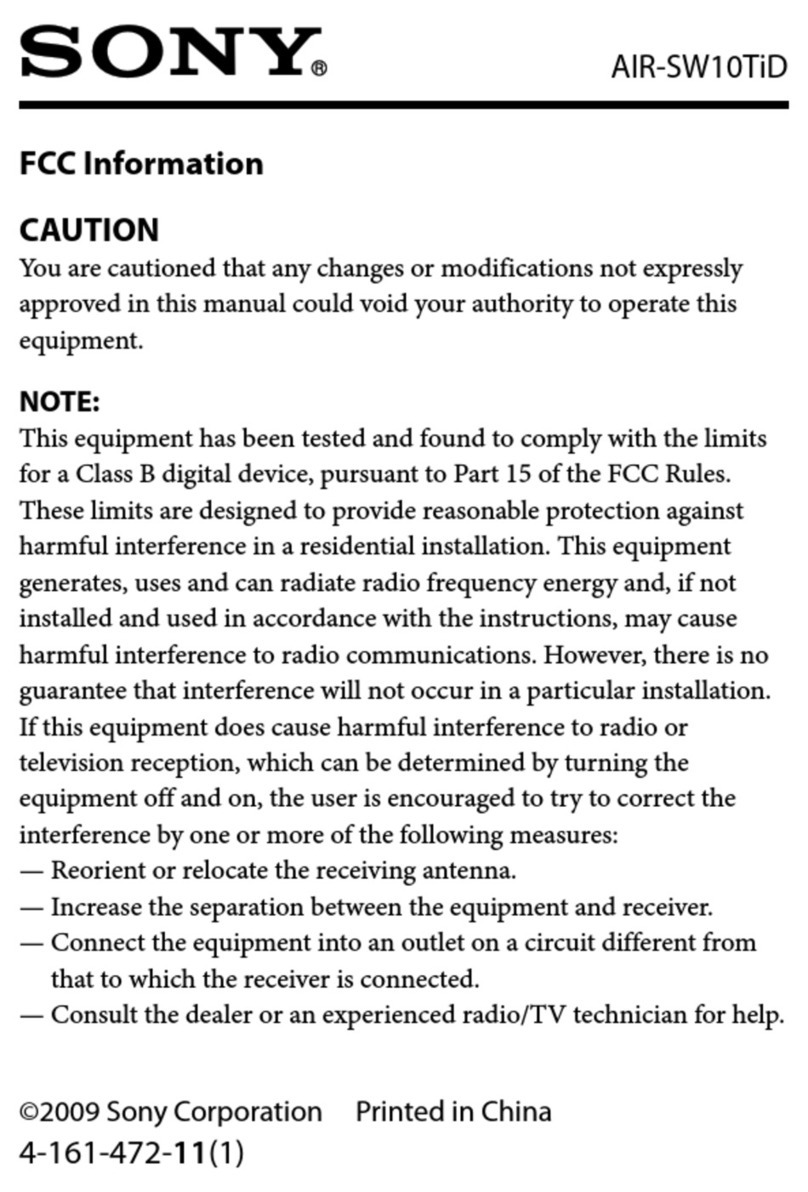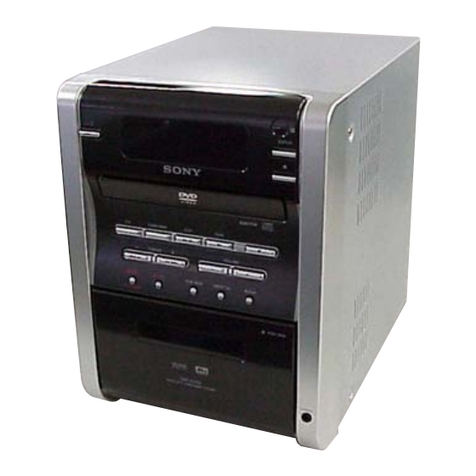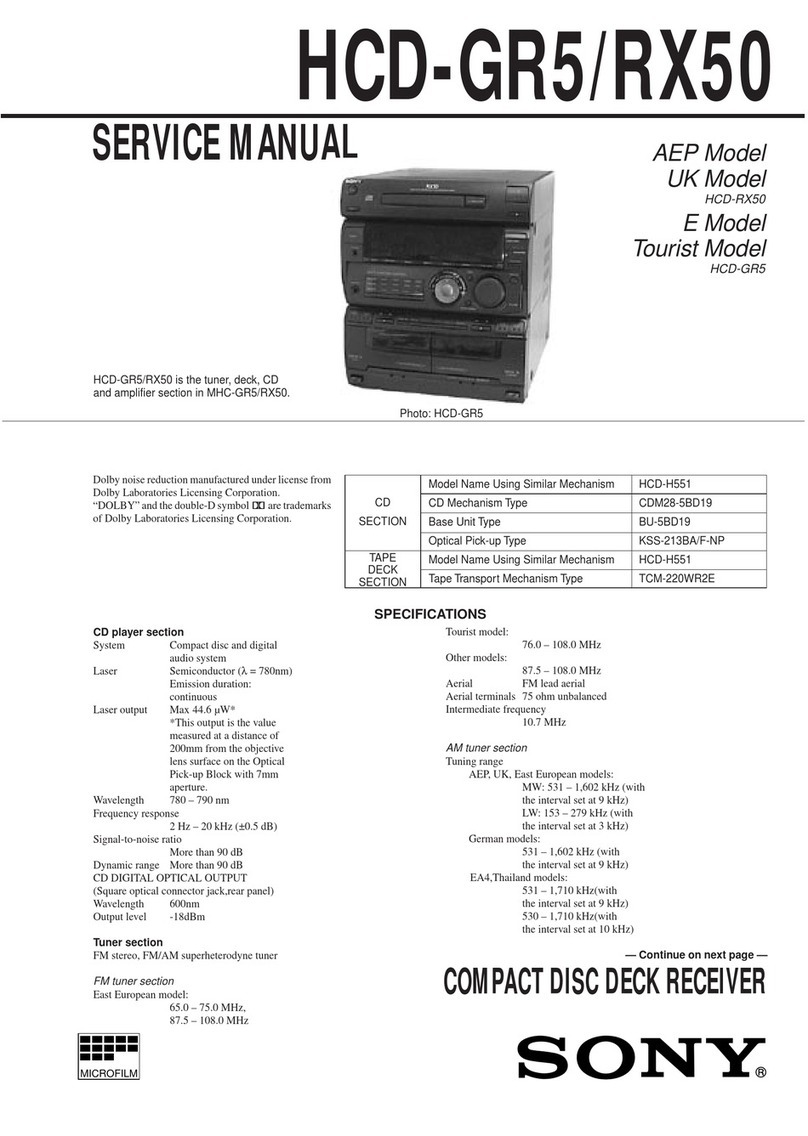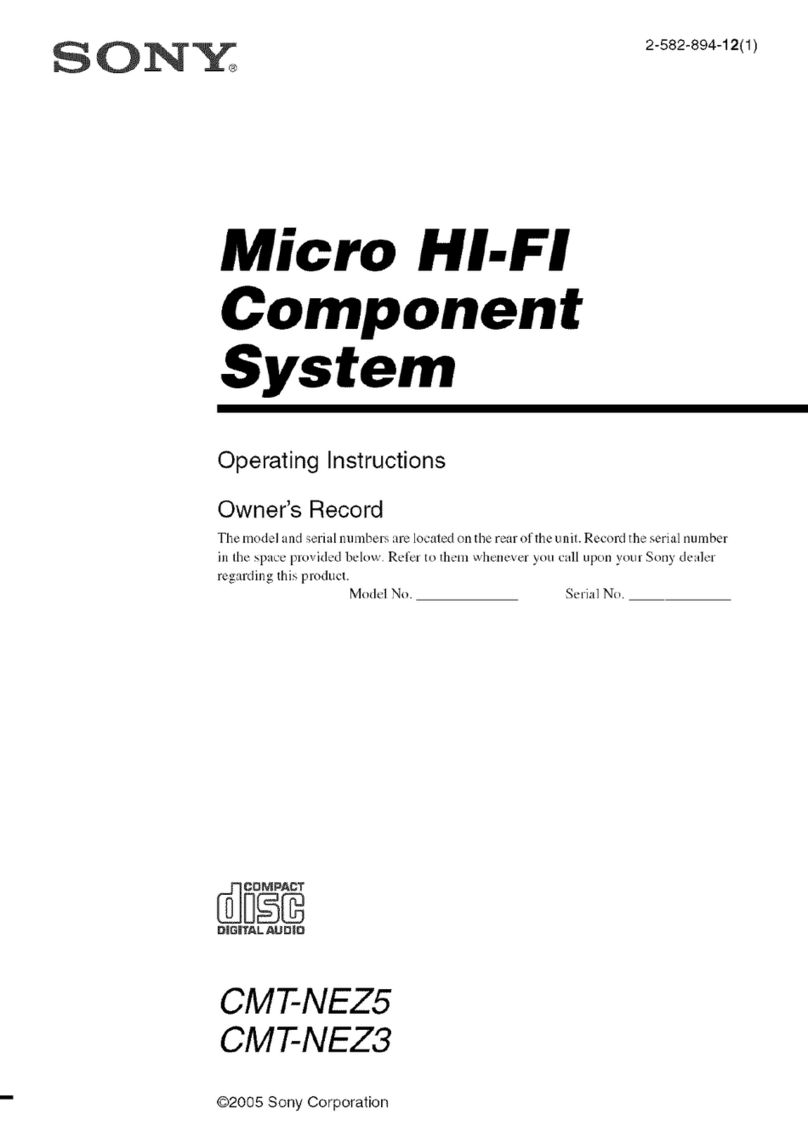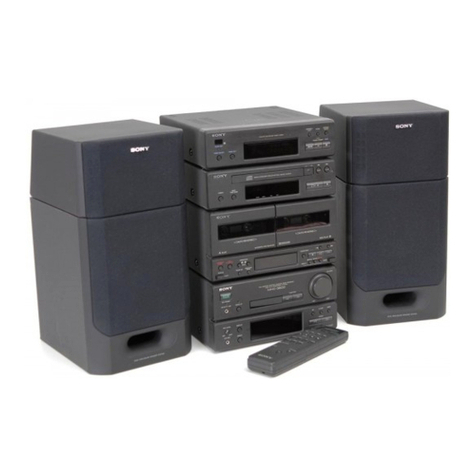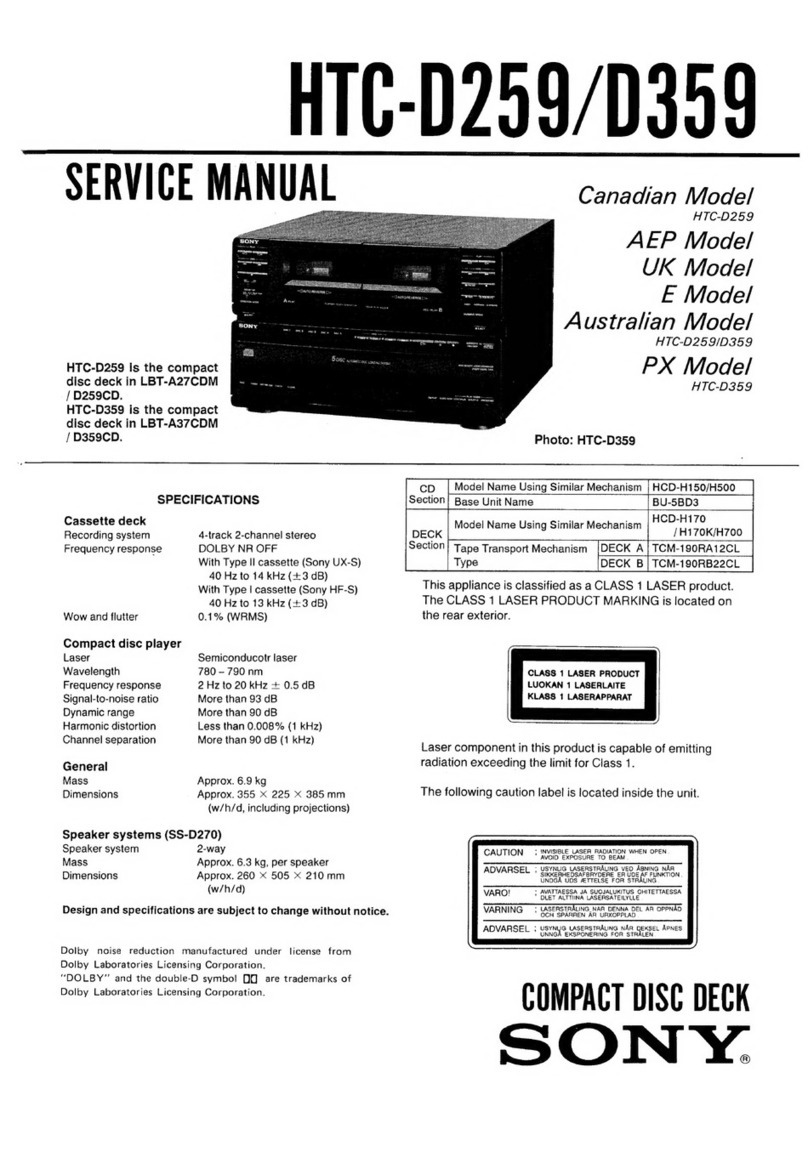– 3 –
TABLE OF CONTENTS
1. SERVICING NOTE .......................................................... 4
2. GENERAL .......................................................................... 5
3. DISASSEMBLY
3-1. Loading Panel ....................................................................... 7
3-2. Front Panel and Video Board ................................................ 7
3-3. Cassette Lid and Tape Mechanism........................................ 8
3-4. CD SW Board and Panel Board............................................ 8
3-5. Disc Tray ............................................................................... 9
4. SERVICE MODE ............................................................ 10
5.TEST MODE ..................................................................... 12
6. MECHANICAL ADJUSTMENTS ..........................13
7. ELECTRICAL ADJUSTMENTS ............................... 13
8. DIAGRAMS
8-1. Circuit Boards Location ...................................................... 18
8-2. Block Diagrams
• CD Section ....................................................................... 19
• Video Section ................................................................... 21
• Deck Section .................................................................... 23
• Main Section .................................................................... 25
• Power Section .................................................................. 27
• Display Section ................................................................ 29
8-3. Printed Wiring Board – CD Section –................................. 33
8-4. Schematic Diagram – CD Section – ................................... 35
8-5. Schematic Diagram – Deck Section –................................. 37
8-6. Printed Wiring Board – Deck Section – .............................. 39
8-7. Printed Wiring Board – Video Section – ............................. 41
8-8. Schematic Diagram – Video (1/3) Section – ....................... 43
8-9. Schematic Diagram – Video (2/3) Section – ....................... 45
8-10. Schematic Diagram – Video (3/3) Section – .................... 47
8-11. Printed Wiring Board – Main Section – ........................... 49
8-12. Schematic Diagram – Main (1/4) Section – ..................... 51
8-13. Schematic Diagram – Main (2/4) Section – ..................... 53
8-14. Schematic Diagram – Main (3/4) Section – ..................... 55
8-15. Schematic Diagram – Main (4/4) Section – ..................... 57
8-16. Printed Wiring Board – Leaf SW Section – ..................... 59
8-17. Schematic Diagram – Leaf SW Section – ........................ 59
8-18. Printed Wiring Board – Panel Section – ........................... 61
8-19. Schematic Diagram – Panel (1/3) Section –..................... 63
8-20. Schematic Diagram – Panel (2/3) Section –..................... 65
8-21. Schematic Diagram – Panel (3/3) Section –..................... 67
8-22. Schematic Diagram – CD Motor Section –...................... 69
8-23. Printed Wiring Board – CD Motor Section – ................... 71
8-24. Schematic Diagram – Trans Section – ............................. 73
8-25. Printed Wiring Board – Trans Section – ........................... 75
8-26. Schematic Diagram – Surround Section – ....................... 76
8-27. Printed Wiring Board – Surround Section –..................... 76
8-28. IC Block Diagrams ........................................................... 77
8-29. IC Pin Functions ............................................................... 80
9. EXPLODEDVIEWS
9-1. Case Section ........................................................................ 90
9-2. Chassis Section ................................................................... 91
9-3. Front Panel Section ............................................................. 92
9-4. CD Mechanism Deck Section-1 (CDM38L-5BD34L) ....... 93
9-5. CD Mechanism Deck Section-2 (CDM38L-5BD34L) ....... 94
9-6. Base Unit Section (BU-5BD34L) ....................................... 95
9-7. TC Mechanism Section-1 (TCM230AWR2/230PWR2) .... 96
9-8. TC Mechanism Section-2 (TCM230AWR2/230PWR2) .... 97
10. ELECTRICAL PARTS LIST .............................98
